Ukraine: NATO moves tanks, aircraft and ships east to ‘prepare for the worst’
World awaits Putin’s next move, casting doubt on claims from Russia that it is withdrawing troops from Ukraine border.
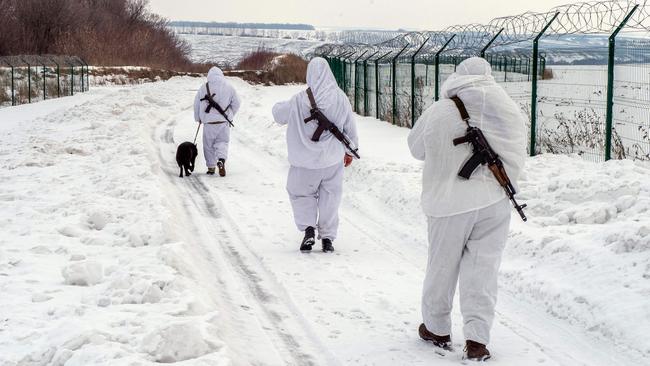
Britain and its NATO allies moved tanks, ships and warplanes towards eastern Europe on Wednesday after casting doubt on claims from Russia that it was withdrawing troops from the border with Ukraine.
Diplomatic efforts to resolve the crisis continued but NATO’s secretary-general said “we are prepared for the worst” as he set out plans for new deployments. Jens Stoltenberg said the West faced a “crisis in European security” and warned that Russia’s actions on the border of Ukraine represented “the new normal” in Europe.
However, he said it was “not too late” for Russia to step back from the brink of conflict and choose the path of peace.
Satellite image proof
He added that NATO could prove with satellite images Russia’s failure to withdraw troops from Ukraine’s border.
US defence officials said American and Russian aircraft operating in the Mediterranean Sea flew dangerously close to each other in three separate incidents over the weekend. In one the aircraft came within 1.5 metres of each other.
As Ukraine held “a day of national unity” with people waving the flag and singing the anthem, Kyiv accused Russia of being behind the largest cyberattacks of their kind on the country. The attacks on Tuesday brought down the web portal of the defence ministry and disrupted banking and terminal services at large state-owned lenders.
Following a meeting of defence ministers at Nato headquarters in Brussels, Stoltenberg confirmed that the alliance was considering establishing combat-ready battle groups in central, eastern and southeastern Europe in response to Russia’s actions.
Member states have announced plans to strengthen NATO’s presence in eastern Europe by deploying more troops, ships and aircraft.
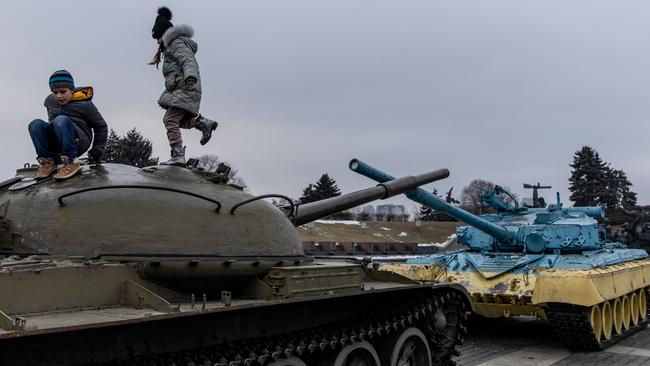
British soldiers and equipment including Challenger 2 tanks, AS-90 self-propelled artillery and other support vehicles left their base in Sennelager, Germany, and bases in the UK yesterday (Wednesday) and headed east to Estonia.
More than 850 troops are heading to the country to bolster a 1,200-strong British-led Nato battlegroup. Typhoon jets conducted sorties over Romania as part of an air policing mission.
Ben Wallace, the defence secretary, said: “Alongside our NATO allies, we are deploying troops and assets on land, sea and air to bolster European defences in response to the build-up of Russian military forces on the border of Ukraine.”
The UK and NATO gave a sceptical response to Russian statements about the withdrawal of troops following military exercises, with Wallace warning that President Putin’s forces still had the capacity to overwhelm Ukraine.
Boris Johnson said there was “little evidence of Russia disengaging” after he discussed the Ukraine crisis with Antonio Guterres, the UN secretary-general.
‘Dates are not the issue’
Reports based on US intelligence sources had suggested that Wednesday would be the day that Putin launched an invasion, but Wallace said: “I’ve never talked about a date because in all the intelligence I’ve seen, dates are not the issue. The issue here is the significant amount of forces.”
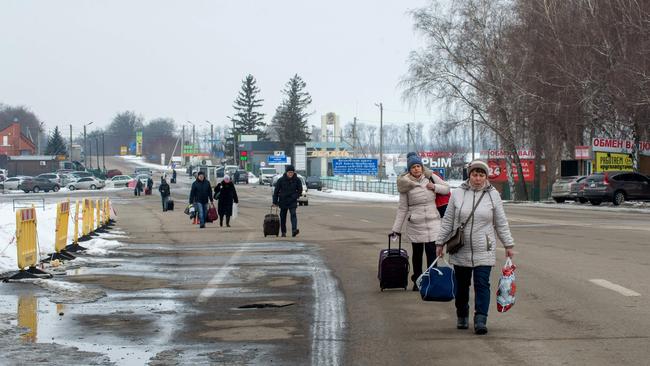
Antony Blinken, the US secretary of state, said his country had yet to see any evidence of a significant Russian withdrawal. He said “critical units” were continuing to move “toward the border, not away from the border”.
Asked about Russian reports of mass graves of civilians supposedly killed by Ukrainian forces, Jen Psaki, the White House press secretary, said: “We are in the window when we believe an attack could come at any time and that would be preceded by a fabricated pretext that the Russians use as an excuse to launch an invasion. We’ve seen the tactics used in the past.”
The Russian defence ministry released video showing military units returning from Crimea.
State television showed tanks and missiles crossing a bridge linking the Black Sea peninsula, which Russia annexed from Ukraine in 2014, to the mainland. The ministry said the forces were returning to their bases.
However, Ruslan Leviev, the head of the Conflict Intelligence Team, a group of independent Russian investigators, said the bases that some of the tanks were returning to were close to the border with Ukraine.
Although Russia insists that it has no plans to invade, Putin has refused to rule out further deployments. Russia has accused the West of whipping up “hysteria” to discredit Moscow.
Sergey Lavrov, the foreign minister, said that Moscow would retaliate if Britain imposed new sanctions.
The Times

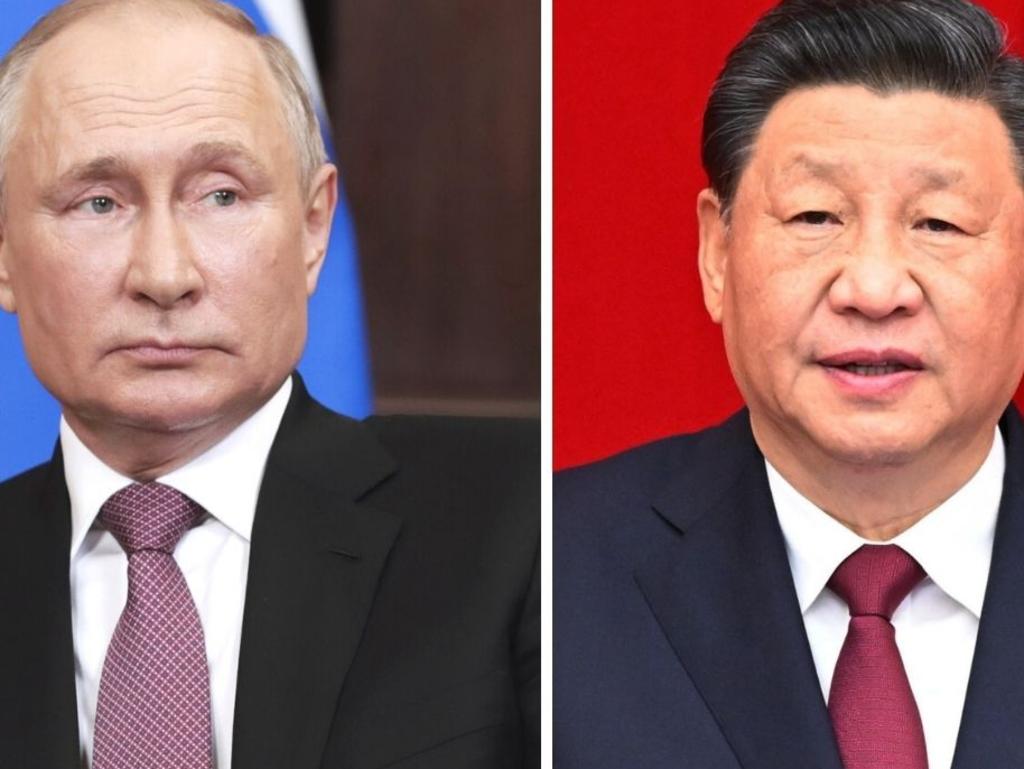
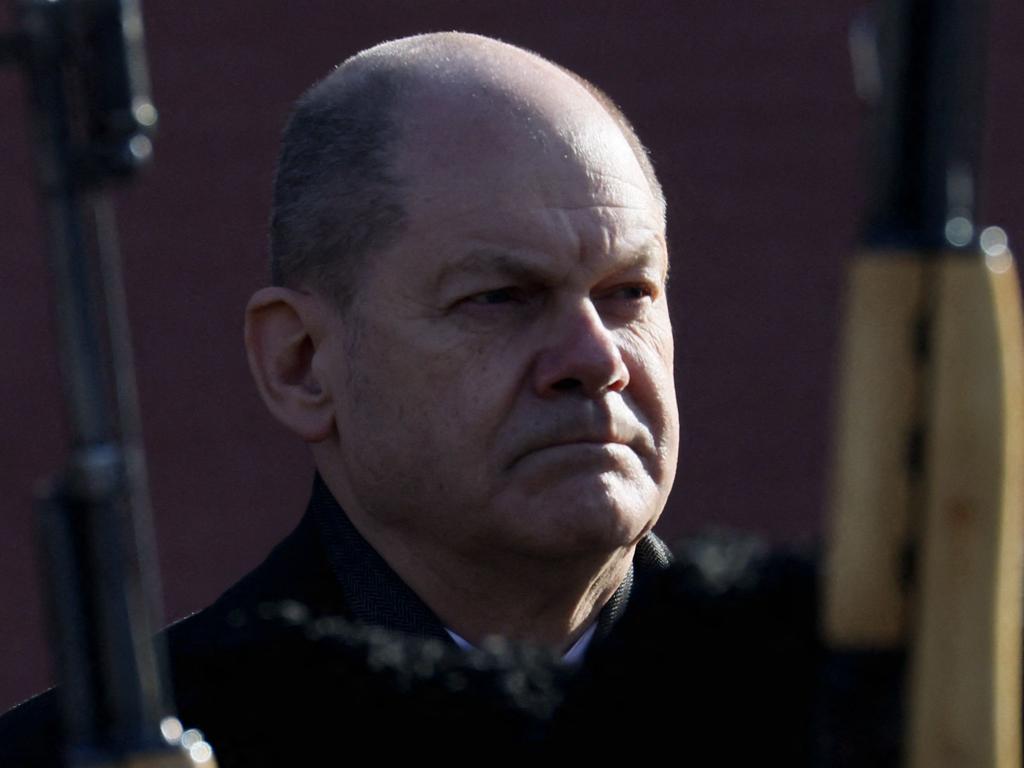

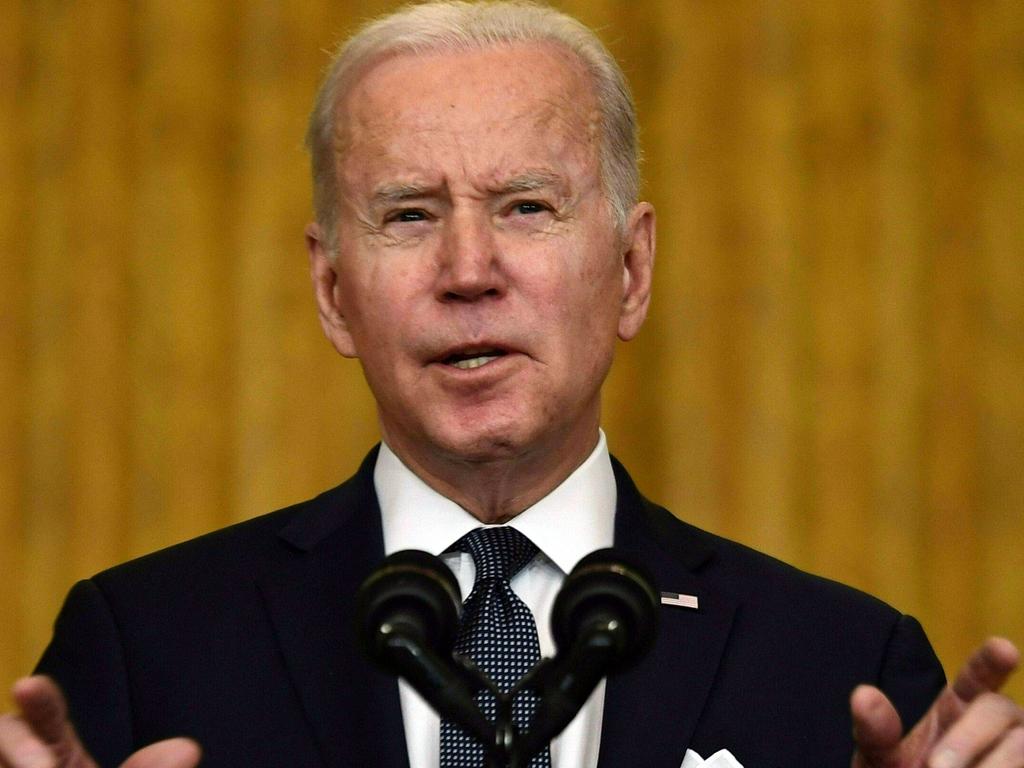


To join the conversation, please log in. Don't have an account? Register
Join the conversation, you are commenting as Logout